True textiles recycling isn’t currently possible, right? Think again.
The capability is certainly there, but it’s scalability that remains a problem.
With Extended Producer Responsibility for textiles (tEPR) in the European Union on the horizon, there is growing demand for textiles recycling initiatives that are operating at scale.
As a result, many businesses are looking to get ahead and put in place the investment and infrastructure needed. RE&UP Recycling Technologies is just one example.
The textiles recycler is based in Turkey and headquartered in Eindhoven in the Netherlands. It has been operational for over two years and has developed a way to process polyester, cotton and – impressively – polycotton blends.
The recycler is currently running close to its 80,000 tonne per annum capacity and is looking to expand this to 200,000 tonnes per annum in 2026, and reach one million tonnes by 2030.
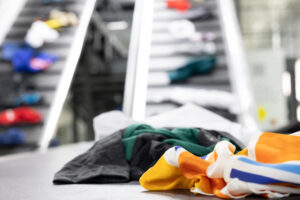
This might seem like a big step, but the company has already more than tripled its capacity since opening its door in 2023.
While it explores opportunities for growth in France and Spain, the recycler noted that it has observed that many brands simply not believing textiles recycling is possible at scale.
RE&UP’s Keith O’Brien said: “Some brands are cautious because of past experiences after a series of other recyclers and next-generation fibre producers didn’t scale as expected.
“When it comes to new fibres, brands need the technology to be scalable, they need it to be cost competitive and operational – not just a pilot plant. This is what RE&UP can deliver.”
The recycler has two full-scale operational plants in İnegöl, near Istanbul, and Gaziantep, near the Turkish border with Syria, which process polycotton and cotton respectively.
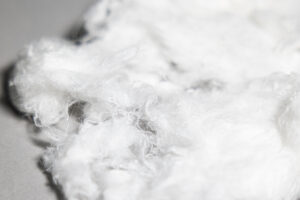
RE&UP uses a thermochemical separation and recycling process that can handle polyester, cotton, and blended textiles like polycotton. It uses heat and pressure to recover and reform the polyester into high quality polyester chips so that it can then be re-spun into new textile fibres, while cotton is decolourised and refined for reuse in textiles. This approach keeps the materials in textile-to-textile loops rather than being downcycled into lower-value products.
RE&UP added that – although its cotton is market ready and being produced at scale – it is constantly working to improve its quality and the length of the resulting fibres.
Part of conglomerate Sanko Textiles, which has been in the textiles industry for over a century, RE&UP is very keen to ensure that it keeps its recycling process textile-to-textile and stressed the benefit of having “textile heritage”.
O’Brien added: “The combination of proven technology with deep textile heritage is what makes RE&UP unique amongst others in the market.
“Our connection to the industry helps ensure that our solution is both technically sound and commercially viable in the long term.”
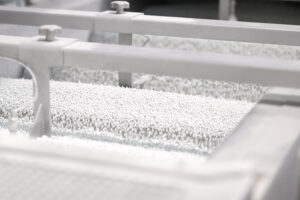
ISKO, a company under the SANKO Textile umbrella, uses RE&UP fibres in its denim and workwear fabrics with some fabrics containing as much as 75%.
RE&UP also has a growing number of other brands and partners across categories, including well-known sports brand Puma through its Re:Fibre programme.
While RE&UP argues that its product is cost-competitive when compared to virgin material, it adds that research has shown that consumers are happy to pay extra for more sustainable products.
This is part of the conversation it continues to have with brands as it looks to expand across Europe and eventually Asia too.
While it isn’t currently looking to build any facilities in the UK, RE&UP is looking for brands and other partnerships to strengthen its connections in the UK.
The company is keenly aware that trust needs to be built with the industry and it hopes to work on this connection by offering fully closed loop recycling and by making monitoring possible for its clients through methods like Life Cycle Assessments (LCAs).
It’s a new generation of textiles recycling – and it’s hard not to feel a little more optimistic about the state of the textiles industry.





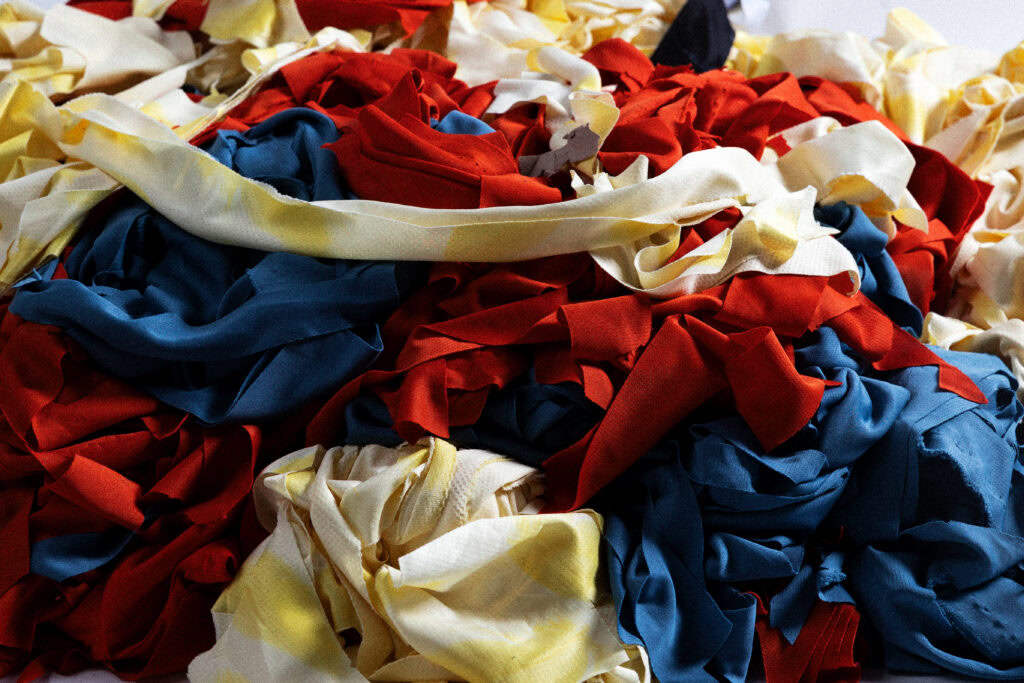
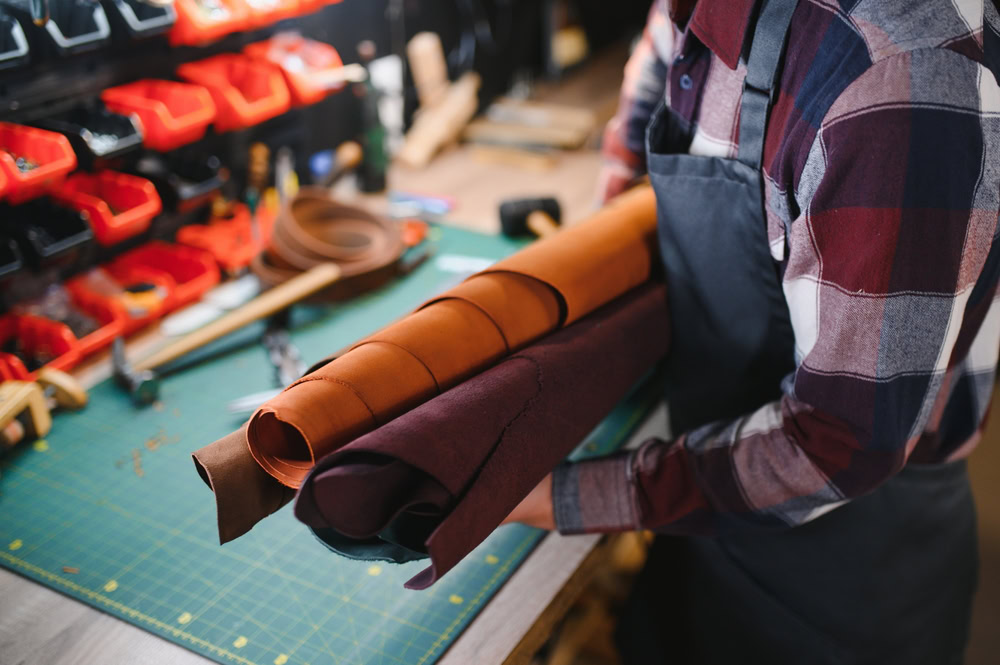
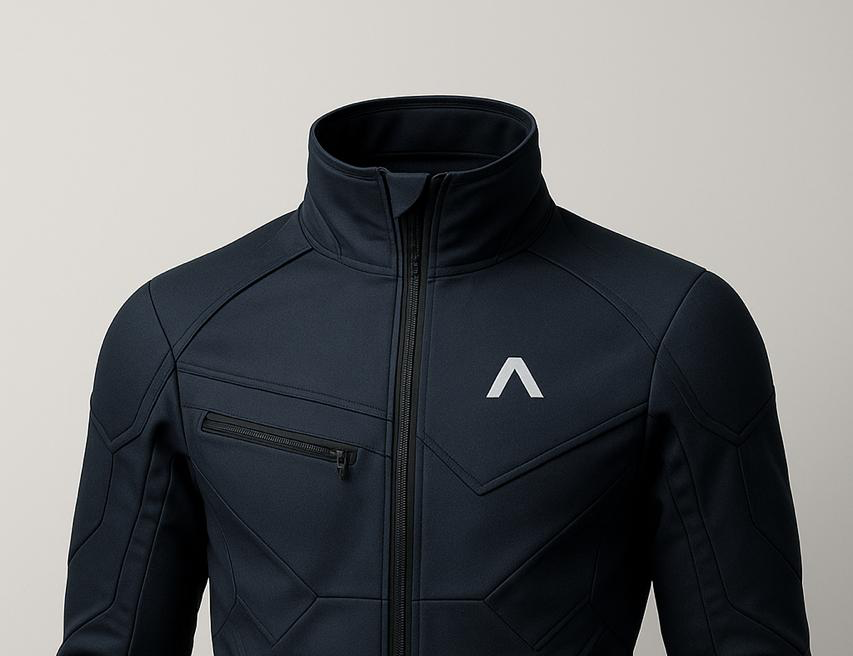
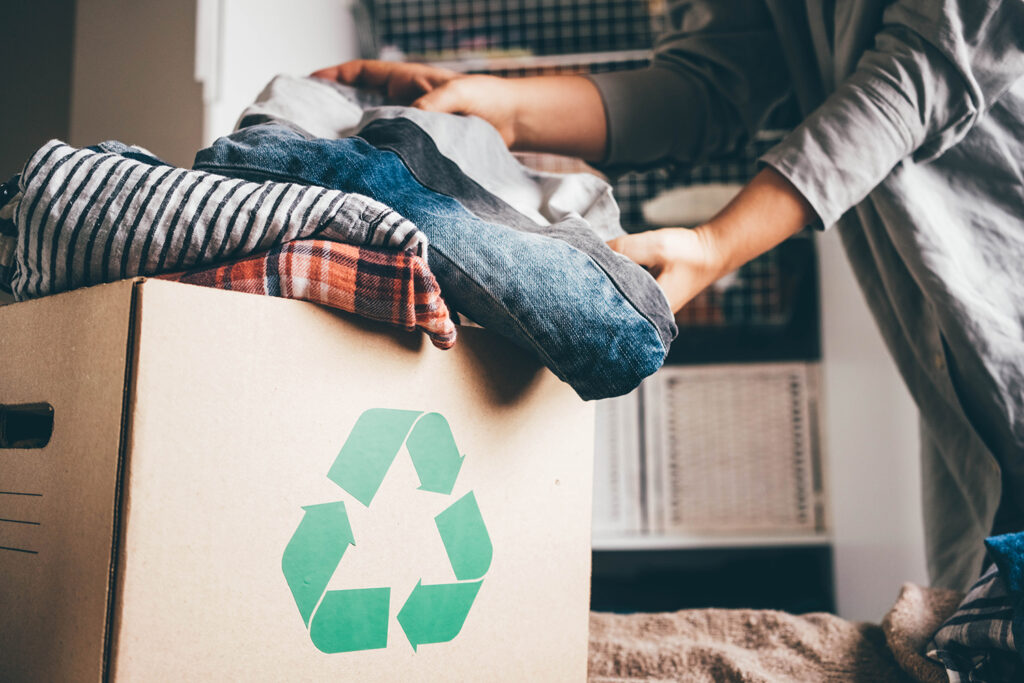
Subscribe for free